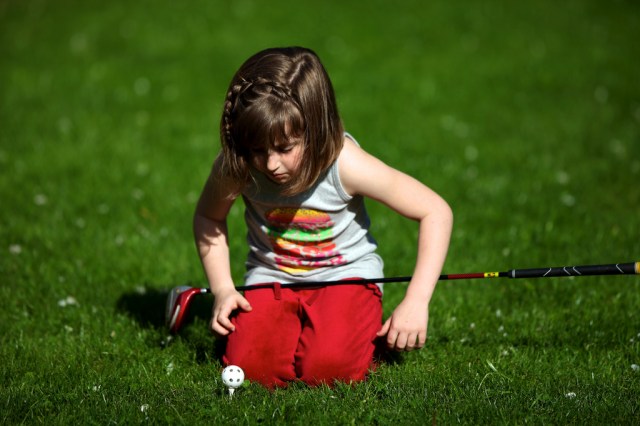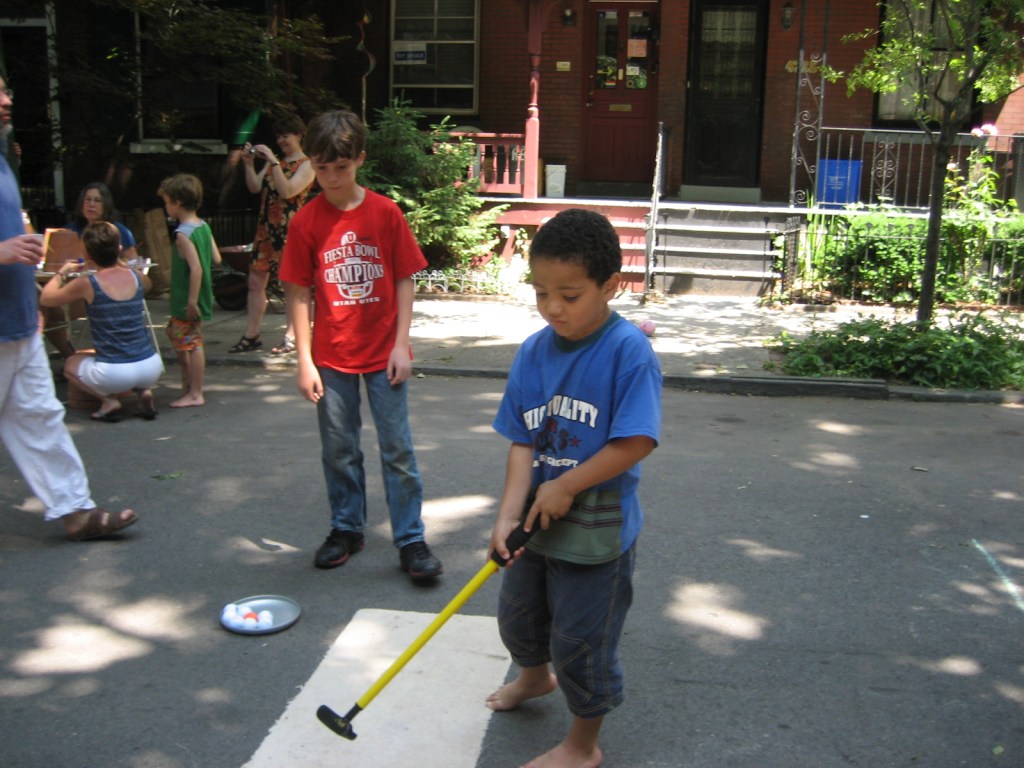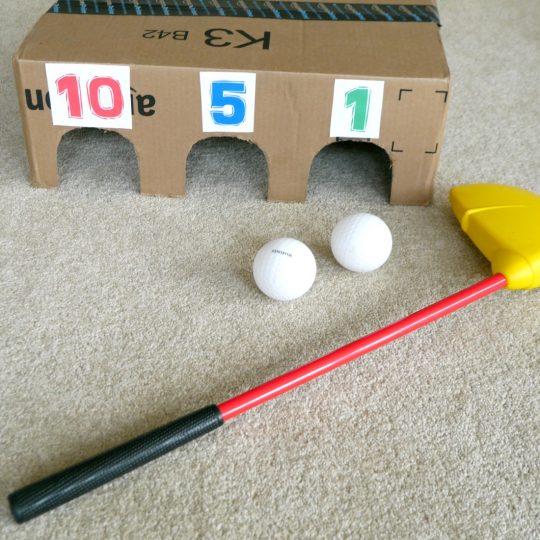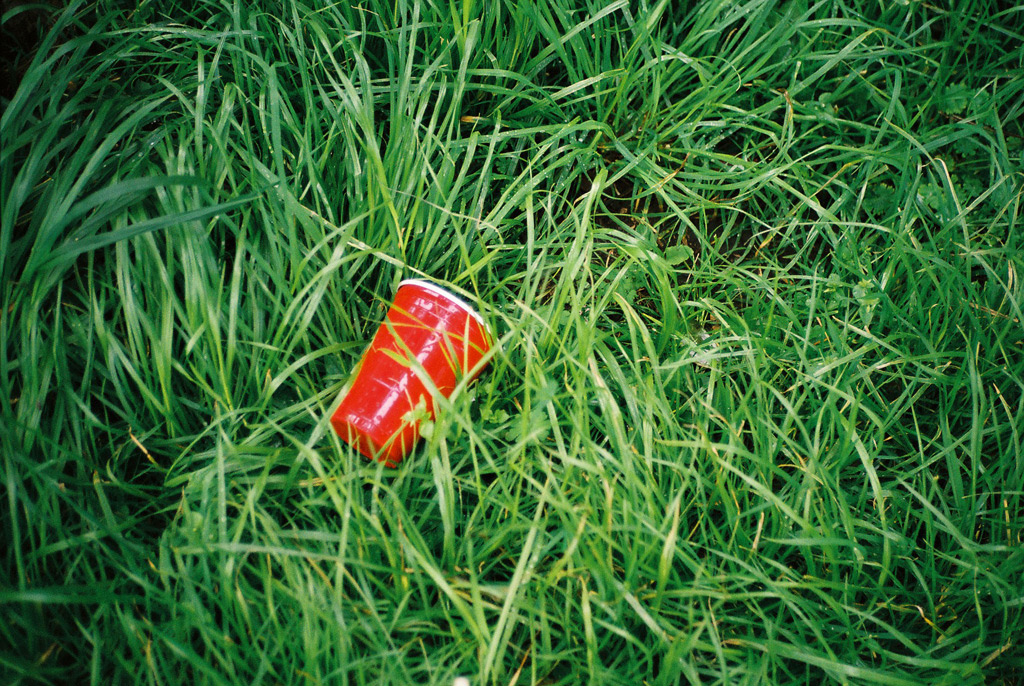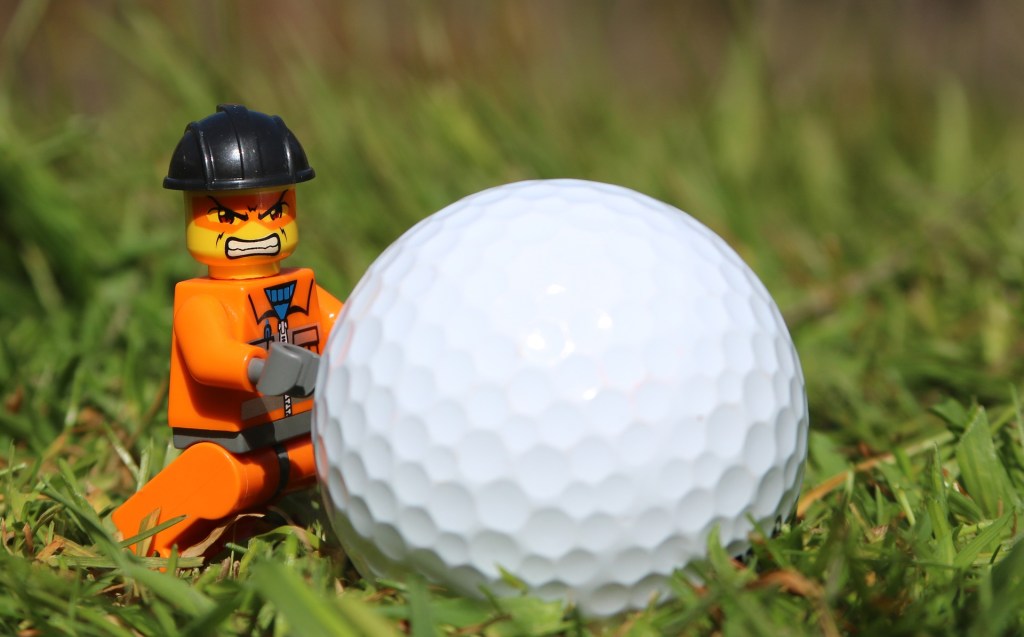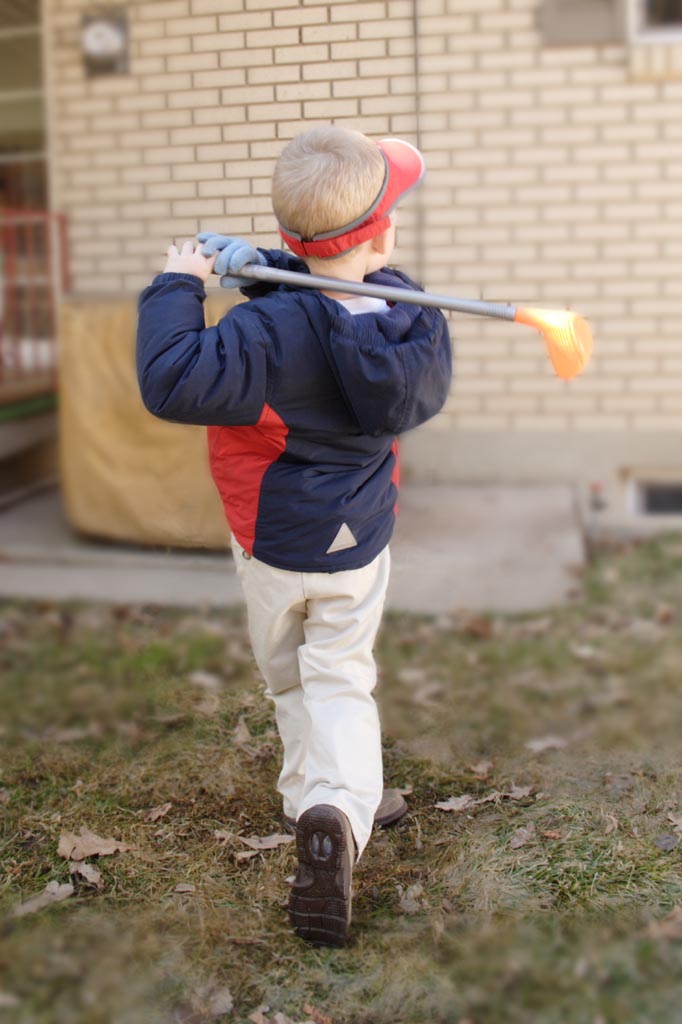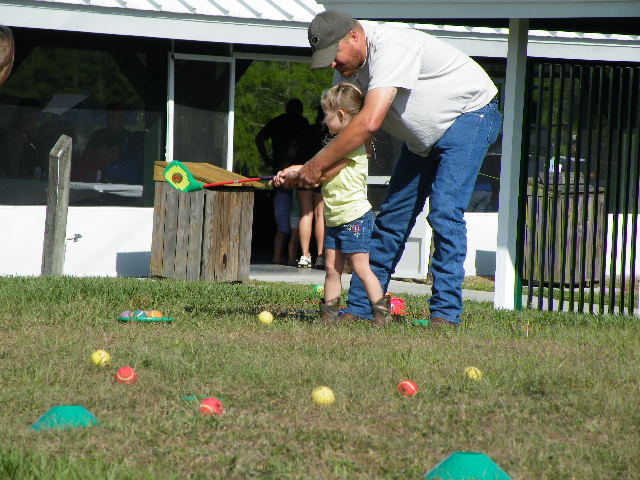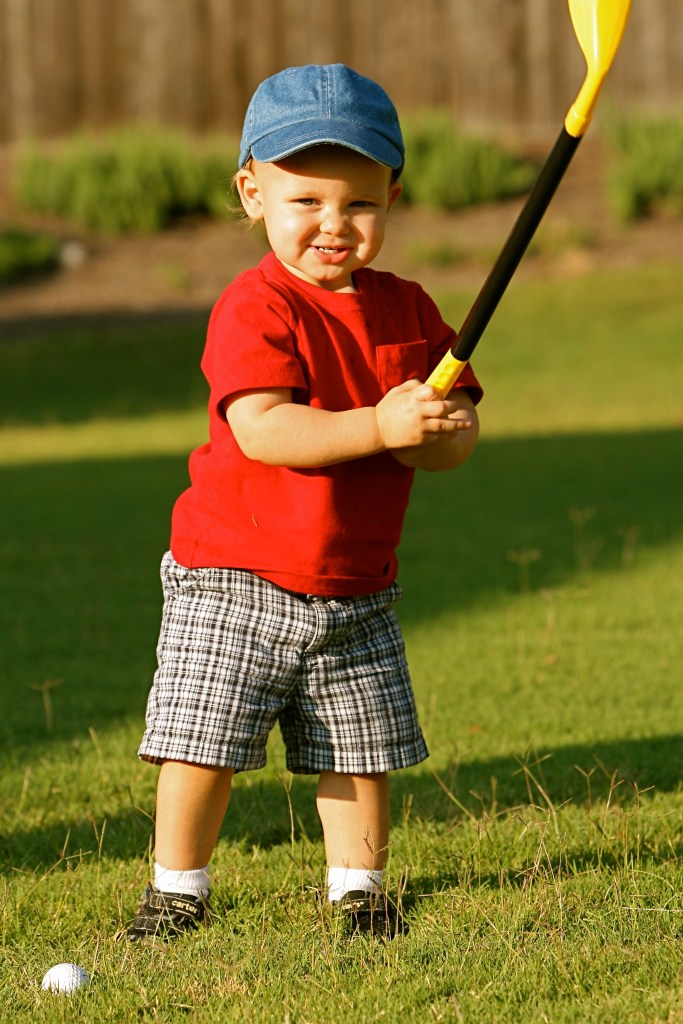Social skills are skills that involve everything social—which encompasses a lot more than you might think! In order to make friends kids need to be able to initiate appropriate interactions and conversation, and then maintain those interactions and conversation. They also need to be able to maintain relationships, which means they must be able to empathize with others, problem solve, and react appropriately to negative situations. Social skills are really important because kids need friends. Children who have difficulty with social skills may feel lonely and isolated at school, and these are not fun feelings for anyone to have. If you feel your child has a true social skills deficit, you should seek professional help. In most cases, group activities are a great way to promote social skills development.
And while any group activity will involve some degree of social skills, there are activities that will provide more opportunities for social interaction than others. And because practicing any skill is important, the more opportunities your child has to practice social skills within a class the better.
Team Sports
This category is broad and includes classes that are not organized sports but involve teams of children working towards a common goal. When a team is working towards a common goal they must interact in order to do so successfully. Even if your child is on the quieter side, she must be observant of her teammates and interact with others in order to participate in the activity. Observing other children interact is a good way for children who have difficulty with social skills learn more about what appropriate social interactions look like among their peers, which can help improve their skills even when they were not a direct part of the interaction.
Creative Classes
When choosing a creative class for your child, you may want to take your child’s personality into consideration. Depending on how your child reacts in certain situations you may want to choose a creative activity she has a lot of experience in or one that is completely new. For example, if your child tends to be shy and easily embarrassed, you probably don’t want to sign her up for an activity she’s never done before, because it is likely to make her feel incompetent which will not put her in the mood to interact with others. However, if your child is the kind who tends to dominate social situations and enjoys showing off, giving her the opportunity to try a new activity that she is not likely to be the “best” at may set her up for more success socially during the class. Regardless of which creative activity you pick and why, creative activities provide good opportunities to practice social skills, especially when children are working in close proximity to each other. Creative activities tend to be very relaxing for children and can help children come out of their shells, which opens the door for a lot of opportunities for practicing social skills. Additionally, creative activities tend to have quieter environments than team sports which will allow your child to focus more on interaction in a less stressful way.
Because children who have difficulty with social skills will benefit from not only initiating but also maintaining relationships, you should consider signing your child up for a series of classes, rather than a drop in class, where she will get the opportunity to spend time with the same group of kids every week. Luckily for your child, and you, you can do so quickly and easily through GoBambino!







